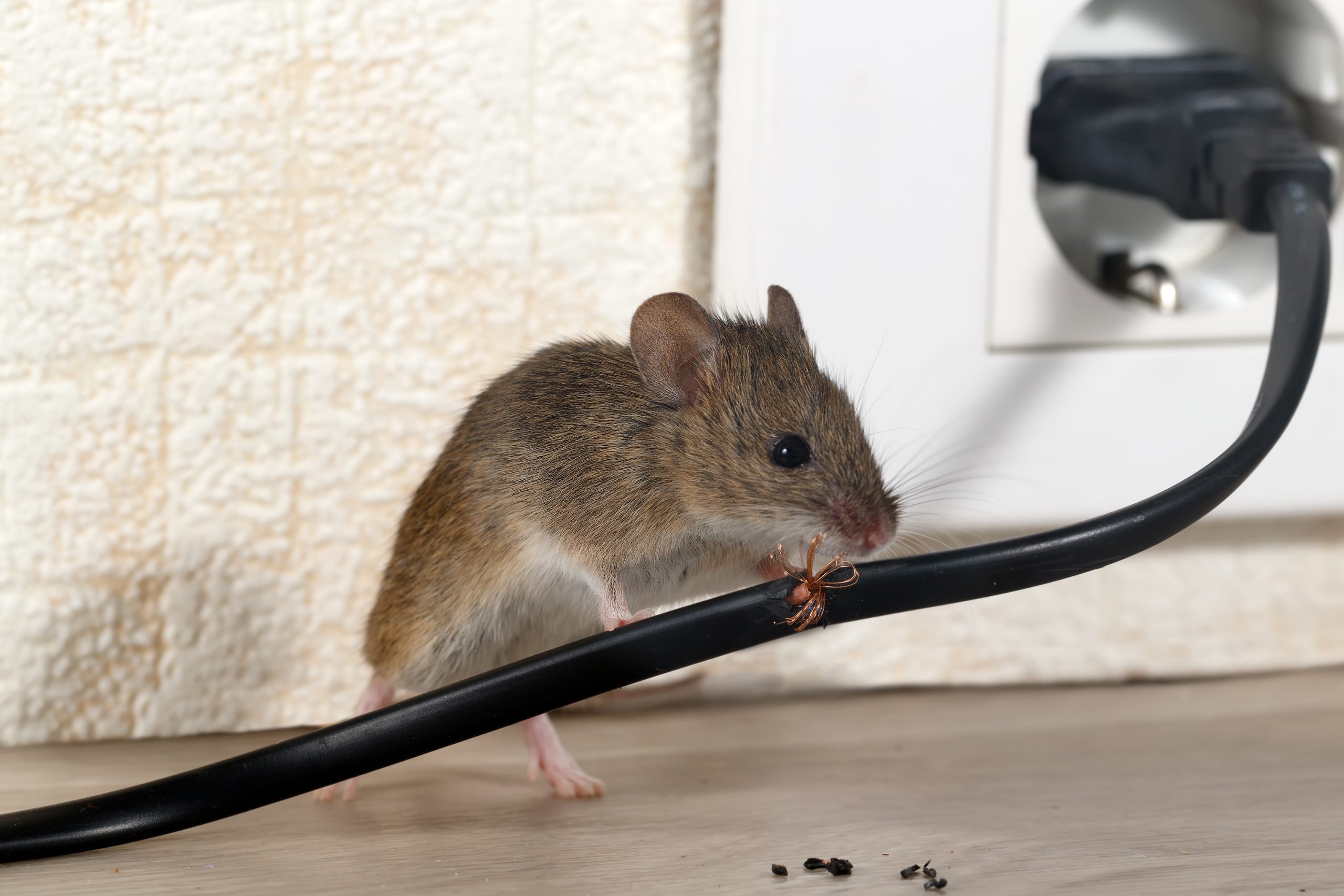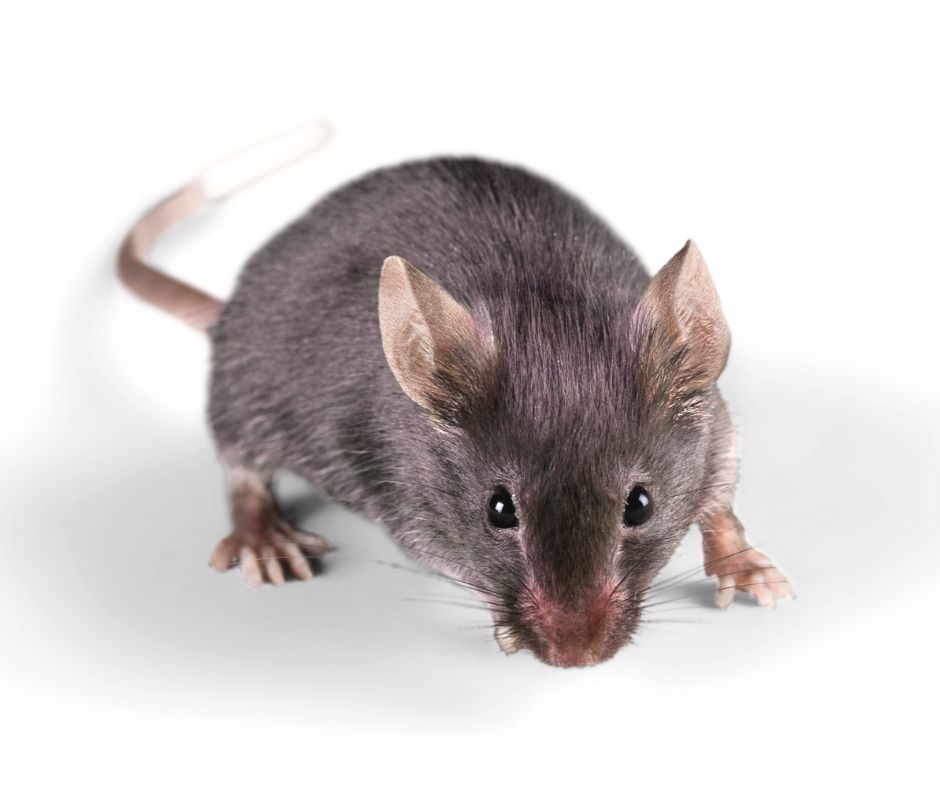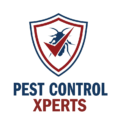Florida’s warm, subtropical climate makes it a prime destination for people who appreciate sunny weather, lush greenery, and year-round outdoor activities. Unfortunately, these conditions also attract a host of pests—including mice. Though they may seem less menacing than other invaders, mice can spread disease, contaminate food stores, and cause structural damage if left unchecked. In areas like Homestead, Florida—characterized by agricultural spaces, suburban homes, and high biodiversity—mice have ample opportunities to find shelter and multiply.
This service page explains how mice thrive in Florida’s environment, identifies signs of infestations, and outlines why professional mice treatments are essential. A skilled mice exterminator can employ strategies that not only remove existing rodents but also reduce the likelihood of a future invasion. By responding to early warning signals—like droppings near kitchen cabinets or scurrying noises at night—property owners in Homestead can save themselves time, money, and significant stress.
Why Mice Flourish in Florida
Mild Temperatures
Florida’s relatively mild winters and hot summers allow mice to remain active all year long. In colder regions, harsh weather sometimes forces mice to slow their breeding or seek refuge in fewer places. In contrast, mice in Florida typically breed without a significant pause, quickly escalating a small population into a larger infestation. Homestead’s indoor environments with air conditioning and accessible food sources further encourage mice to settle inside, where they encounter few obstacles to growth.
Abundant Food Supplies
Between agricultural fields, backyard gardens, and household pantries, mice encounter plentiful food sources in Homestead. They feed on grains, seeds, fruits, and even pet food that may be left out overnight. Compost piles, garbage bins, and unsealed storage containers can also be alluring to rodents, providing an easy feast. Once mice find a stable food supply, they remain close by and reproduce rapidly, increasing the difficulty of managing an infestation.
Diverse Hiding Spots
Mice are known for their ability to squeeze through openings as small as a quarter-inch. That means tiny cracks in a home’s foundation, gaps around doors or windows, and utility line openings all serve as potential entry points. In Homestead, structures may also have crawl spaces, attics, or unused sheds that serve as perfect hiding places. Dense vegetation outside—like tropical foliage, palm trees, and thick shrubbery—can disguise mouse activity, letting them venture close to walls or doors unobserved.
High Reproduction Rates
Mice have a short gestation period (about three weeks) and can produce multiple litters per year, each containing several pups. In Florida’s climate, the lack of a pronounced “off-season” means mice seldom experience a natural break in this cycle. A single breeding pair can spark a population boom in a matter of months if homeowners fail to implement prompt mice treatments.
Access to Water
Areas like Homestead, located between the Everglades and Biscayne Bay, often have high humidity, regular rainfall, and water features near residential zones. Mice need water or moist food to survive; with Florida’s frequent rains and year-round vegetation, they generally find these resources without difficulty. Birdbaths, pet water bowls, or leaky outdoor faucets inadvertently become reliable water stops for rodents.

Telltale Signs of a Mouse Infestation
Droppings
One of the most common indicators is the presence of small, cylindrical droppings, often less than a quarter of an inch in length. These are typically dark brown or black and appear near food sources, inside drawers, along baseboards, or under sinks.
Scratching or Scurrying Sounds
Mice are nocturnal, so you might hear them scuttling behind walls or in the ceiling voids at night. The patter of tiny feet or faint scraping noises can signal that mice have discovered pathways through your home’s infrastructure.
Chewed Packaging or Wiring
Mice have ever-growing incisors, prompting them to gnaw on various materials—including cardboard, plastic food containers, electrical wires, and wooden beams. Torn food packaging or exposed wires can be an early warning that mice are actively burrowing or feeding near your kitchen or pantry.
Nesting Materials
Mice build nests from shredded paper, fabric, insulation, or other pliable materials. If you discover soft piles of debris, possibly stained with droppings or a musky odor, there’s a strong chance that mice are living close by.
Unusual Pet Behavior
Household pets, like cats and dogs, might become fixated on specific corners, cupboards, or behind appliances if they smell or hear mice. Sudden excessive sniffing, pawing, or barking near baseboards could alert you to hidden rodent activity.
Risks of Ignoring Mice
Rapid Population Growth
A few mice can quickly become dozens under Florida’s favorable conditions. Each female mouse can have five to ten pups per litter and multiple litters annually. By overlooking even a minor infestation, homeowners risk facing a much larger issue that takes significantly more effort and time to resolve.
Disease Transmission
Mice carry pathogens that can be harmful to humans, including hantavirus and salmonella. They spread bacteria through droppings, saliva, and urine, contaminating kitchen countertops, stored foods, and surfaces that children or pets might touch. Prolonged exposure to rodent waste heightens health risks and necessitates more intensive cleaning.
Structural Damage
Gnawing rodents can damage wooden beams, flooring, electrical wiring, and insulation inside walls or attics. This activity not only poses potential fire hazards (due to exposed wires) but also undermines the overall integrity of a property. Left unchecked, these damages may require expensive repairs.
Pest Attraction
If mice become comfortable on your property, other unwanted critters may soon follow. Snakes, for instance, often show up when mice populations grow, since rodents are a reliable food source. The presence of mice can thus trigger a secondary influx of predators.
Reputation Problems
For commercial establishments—such as stores, restaurants, or rental properties—mice sightings or droppings can tarnish a business’s reputation. Guests or customers who spot a rodent may doubt the cleanliness of the establishment and share negative experiences with others, potentially impacting revenue.

Why a Professional Mice Exterminator Is Crucial
Accurate Identification and Assessment
A professional mice exterminator begins by conducting a detailed inspection. This involves locating entry points, nests, droppings, or chewed items to gauge the infestation’s severity. Understanding the full scope ensures your treatment plan targets all problem areas, preventing mice from remaining in hidden spots or re-entering later.
Effective Trapping and Baiting
Professionals are skilled at placing traps in areas where mice travel, maximizing the catch rate. They also use bait formulations that appeal specifically to rodents without attracting other types of pests or creating unnecessary hazards for humans and pets. Timing and positioning are crucial—improper trap or bait placement can fail to reduce rodent numbers.
Sealing Entry Points
Mice exterminators also focus on exclusion strategies. This includes sealing cracks, placing door sweeps, and using rodent-proof materials to close off potential access routes. Without addressing these openings, new mice can continually enter, negating any benefits from previous treatments.
Reduced Health Risks
DIY rodent control often involves over-the-counter poisons that can pose risks to pets, wildlife, or curious children if improperly used or stored. A trained exterminator adheres to safety protocols and uses professional-grade methods to minimize exposure to non-target organisms. They also provide guidance on cleaning up droppings and nesting materials to avoid stirring up airborne contaminants.
Long-Term Prevention Plans
Mice treatments in Florida must consider the state’s year-round conducive climate. Professionals recommend prevention strategies—such as removing clutter, securing food supplies, and monitoring vulnerable areas—so you maintain a rodent-free environment after the initial removal.
Typical Methods for Mice Treatments
Inspection and Mapping
A thorough inspection helps locate trails, nests, entry points, and feeding areas. Mice typically create “runways” along baseboards or interior walls, evident through greasy rub marks, droppings, or footprints on dusty surfaces. Pinpointing exact hotspots ensures targeted treatment without wasting resources.
Traps (Snap or Live)
Snap traps remain a classic and effective option for quick elimination, particularly when placed in strategic locations. Live traps allow for catch-and-release in some cases, though in Florida’s urban or suburban settings, relocating mice may not be practical or advisable. Either trap type must be monitored daily to prevent foul odors or inhumane conditions.
Bait Stations
Enclosed bait stations protect rodenticides from pets or children. Mice that consume the bait typically return to their nest, where they may expire. Properly managed bait stations minimize risks while gradually diminishing the rodent population. An exterminator calculates the right amount of bait for each station and places them in discrete locations, discouraging tampering.
Exclusion Techniques
Sealing holes, cracks, and gaps with materials like steel wool, caulk, or metal flashing is essential. Professionals might also install door sweeps, fix broken screens, or fill in foundation gaps. By denying mice access to the interior, you reduce or eliminate the chance of future infestations.
Sanitation and Habitat Modification
Clearing away clutter from storage rooms, garages, and yards removes potential nesting materials. Trash bins with tight-fitting lids and properly stored pet or livestock feed further limit rodent attractions. For commercial establishments, consistent cleaning routines, secure food storage, and robust disposal methods are pivotal.

Service Areas: Homestead and Beyond
Homestead: Located in Miami-Dade County, Homestead sits at the gateway to both urban Miami and the natural wonders of the Everglades. This unique blend of suburban life, agriculture, and wetlands allows mice to find refuge in multiple settings—whether it’s a quiet attic in a residential home or outbuildings near farmland. Regular monitoring and quick action are vital in keeping mice out of living spaces or commercial properties.
Should you own or manage additional properties around Homestead, the same strategies apply. Mice do not recognize municipal boundaries, and they often take advantage of Florida’s climate and geographical features to migrate as opportunities arise. Consistency in rodent control measures across all locations helps minimize overall risk.
Why Our Mice Treatments Excel
Florida-Focused Expertise
Our team understands the intricacies of Florida’s year-round mild climate, abundant wildlife, and unique property layouts—characteristics that make rodent infestations more likely. By tailoring mice treatments to Homestead’s environment, we deliver results that last well after the initial removal phase.
Thorough Inspection and Customized Plans
We begin each project by assessing your property thoroughly, identifying specific vulnerabilities like holes in soffits, cracks in door frames, or yard debris piles. With this knowledge, we craft a targeted plan that addresses your home or business’s distinct needs.
Emphasis on Prevention
We stress exclusion and preventive measures to ensure mice can’t simply re-enter your space. By sealing obvious and not-so-obvious entry points, advising on proper food storage, and suggesting routine yard maintenance, we help you maintain a rodent-free environment.
Safe, Strategic Product Usage
Placing traps or bait haphazardly can endanger non-target animals or lead to ineffective results. Our expertise ensures each treatment method is used responsibly. We select high-quality products that minimize risk to people, pets, and local wildlife while maximizing impact on mice.
Follow-Up and Monitoring
Eradicating a mouse infestation is just the beginning. We often recommend follow-up visits to confirm that all rodents are gone and that no new entry points have been created. This step is especially crucial in Homestead, where the warm climate encourages ongoing rodent activity. If signs of mice reappear, we’re ready to address the issue promptly before it escalates.
Next Steps
Are you hearing unexplained rustling in the walls, finding chewed food packages, or stumbling upon tiny droppings in your kitchen? Contact us to learn more or schedule your service. Our comprehensive mice treatments in Florida can help Homestead property owners regain peace of mind, protect loved ones, and maintain a pristine environment. Acting swiftly prevents a small rodent issue from ballooning into a widespread problem that threatens both health and property values.
By pairing professional expertise with proactive measures—such as clearing clutter, sealing entry points, and storing food correctly—you’ll greatly reduce the chance of mice overrunning your home or business. Regular inspections and ongoing attention to rodent hot spots will keep your property a less attractive target for these pervasive pests.
Maintaining a Mouse-Free Environment
- Seal Entry Points: Inspect your home regularly for cracks, gaps, or holes in foundations, exterior walls, and around plumbing or wiring conduits. Fill these using rodent-proof materials like steel wool or wire mesh.
- Keep Food Secure: Store grains, pet food, and other dry goods in airtight containers rather than leaving them in original paper or plastic packaging. Mice can easily gnaw through flimsy bags.
- Address Moisture Sources: Repair leaky pipes or fixtures to deter mice, as they thrive where water is readily available. Keeping gutters clear and downspouts directing water away from the foundation helps reduce indoor dampness.
- Manage Trash Properly: Use trash cans with tight-fitting lids, and empty them frequently. Outdoor cans should be sealed to prevent rodents from rummaging for scraps.
- Tidy Outdoor Spaces: Cut back dense vegetation and remove outdoor clutter like wood piles or old furniture that can provide cover. Keep your lawn trimmed and well-maintained to eliminate hiding spots near the home’s perimeter.
- Monitor Pets and Livestock: If you keep animals, ensure their feed is properly sealed and that leftover feed isn’t left out overnight. Pet bowls left outside can attract rodents searching for water or scraps.
- Stay Alert: Conduct periodic checks in less-frequented areas like attics, crawl spaces, and garages. Early detection of nesting materials or droppings can help you respond promptly before mice populations expand.
Though Florida’s climate makes complete rodent exclusion an ongoing task, consistent vigilance and timely professional intervention significantly lower the risk of infestation. When you combine year-round prevention strategies with professional mice exterminator services, Homestead residents can enjoy a clean, safe, and comfortable environment—free from the headaches of constant rodent intrusions. Embracing these steps today ensures that the only guests you invite into your home are the ones you actually want there.
